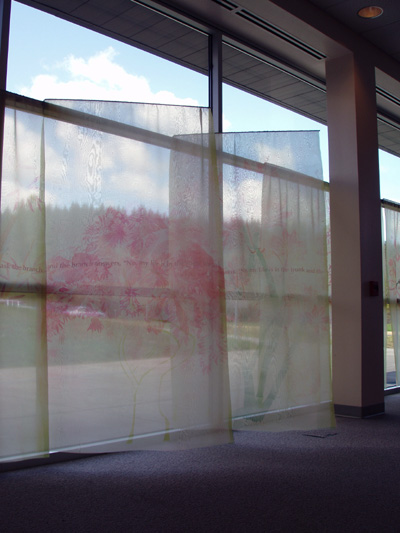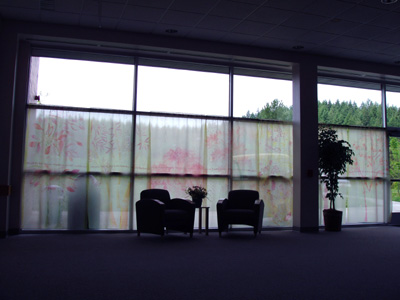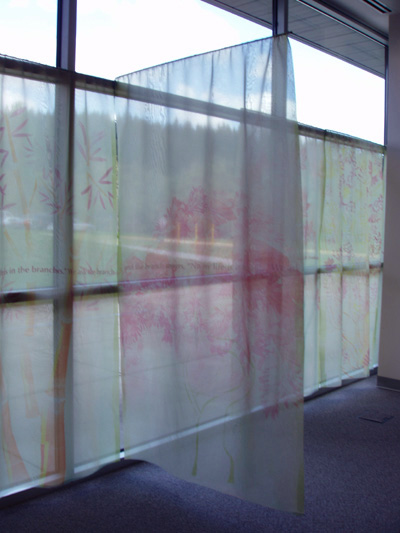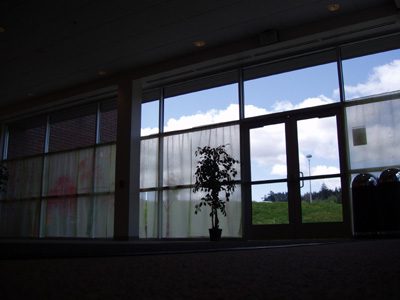



The chosen image / text presents an example of how a system works best, with all voices heard, attended to, nourished. Without any part of the whole, the entity suffers. Without support to any component part of the whole, there is weakness and disease. Only with recognition for all needs and voices, can the system thrive, be it a tree, a community, a college campus.
The "social justice" model of diversity would insure that in everyday activities, decisions, policies, publications, teaching, etc., all pieces of the whole will be acknowledged, respected, nurtured. From the point of view of those involved in this project, this piece is a clear connection to the vision of diversity in the Lane Diversity Plan. Yes, a view to the visual metaphor assists this recognition.
This group has chosen the tree as the ideal for modeling this concept. The choice was not to single out an unrepresented group, not to focus on the "isms" that continue to exist. Rather we wish to present a model of the health of a whole which is based on the attention to all its parts.
Students: Leslie Bradbury, Daryl Eason, Darlene Martin, Laura McClimans, Kwame Minta, Selena Sanchez, Serena Swenson, Chloe Wilson, Elizabeth Wilson. Marilyn Robert was a weaving instructor in the Art Department.
